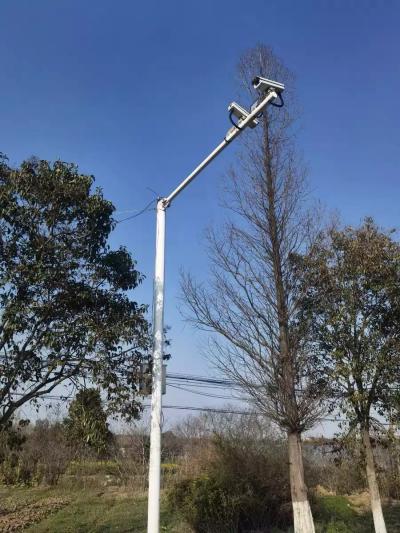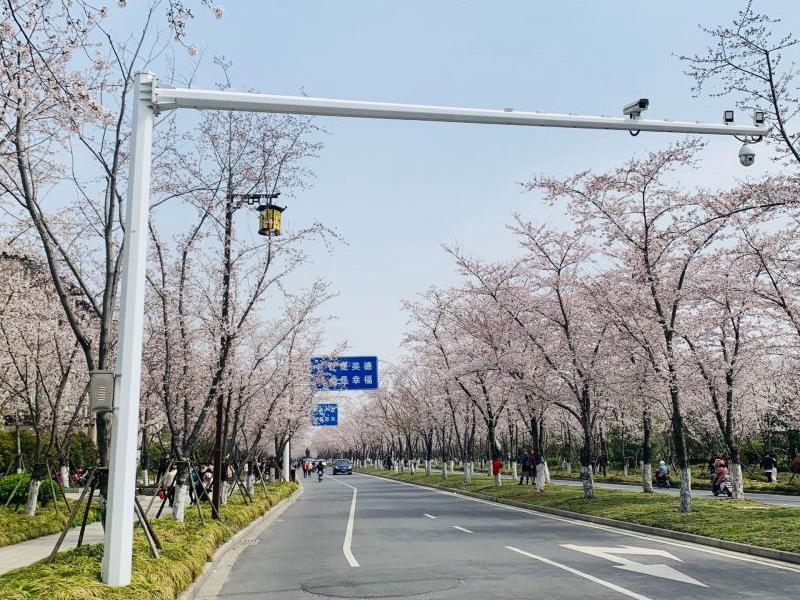In our daily lives, traffic lights undoubtedly play a vital role. They provide us with a safe and orderly traffic environment. However, have you ever thought about how the duration of red and green lights of traffic lights is allocated? Traffic signal light solution provider Qixiang will introduce it to you today.
Signal timing is to allocate the time for traffic and pedestrians in different directions. The length of signal timing is the distribution of traffic benefits of traffic participants. Every traffic participant wants to get more time for passage, but it is actually impossible.
In fact, the duration allocation of traffic lights is determined by the traffic flow of the road and the smoothness of the road. Based on field observations and statistical data, the transportation department comprehensively analyzes the traffic conditions of each intersection and formulates corresponding signal light timing plans.
Different intersections are generally different, so the calculation process is more complicated. For an intersection, first of all, it is necessary to ensure that all traffic participants can obtain the right of way, that is, they can be allocated a certain amount of time for passage. On this basis, we must also make trade-offs, such as ensuring that intersections with large traffic flow and long queues get more time for passage.
There must be data obtained from traffic surveys, estimated traffic flow or current traffic flow, and the setting form of entrance roads, etc. The so-called traffic flow refers to the number of vehicles traveling in each direction at each entrance per hour. The setting of entrance lanes refers to the number of straight lanes, right turn lanes, right turn lanes and left turn lanes at the entrance.
At different intersections, the signal cycle and green light time are different. But there are also special cases, such as coordinated control (green wave), two intersections are too close, etc.
According to different control methods, intersection signal control can be divided into timing control, induction control and adaptive control. However, at present, the traffic lights in general cities have different green light times at different time periods because the traffic flow at different time periods has different characteristics.
Usually, the cycle duration of traffic lights is fixed, for example, the cycle duration of a traffic light may be 120 seconds. And within this cycle, the duration of red lights, green lights and yellow lights is allocated according to specific circumstances. For example, on the main road with heavy traffic flow, the duration of the green light may be longer, while on the branch road with less traffic flow, the duration of the green light may be shorter.
In addition, the traffic department will also determine the duration of pedestrian lights based on the use of zebra crossings and crosswalks. In order to ensure the safety of pedestrians, the duration of pedestrian lights is usually set to be longer to give pedestrians enough time to cross the road.
After the signal timing calculation is completed, it is necessary to continuously optimize and adjust according to the dynamic changes in traffic flow, traffic accidents, road construction and other situations in actual operation.
As a professional traffic signal light solution provider, we always maintain an online response state – from product research and development to production implementation, from technical consultation to after-sales support, the full chain of services is always on standby for you. Whether it is the intelligent signal system of the main roads in the city or the standardized lighting control equipment at the community intersection, we provide reliable protection for traffic management scenarios with industrial-grade quality and customized solutions. If you need to know product parameters, solution quotations or technical docking, please feel free to contact us.
Post time: May-27-2025








